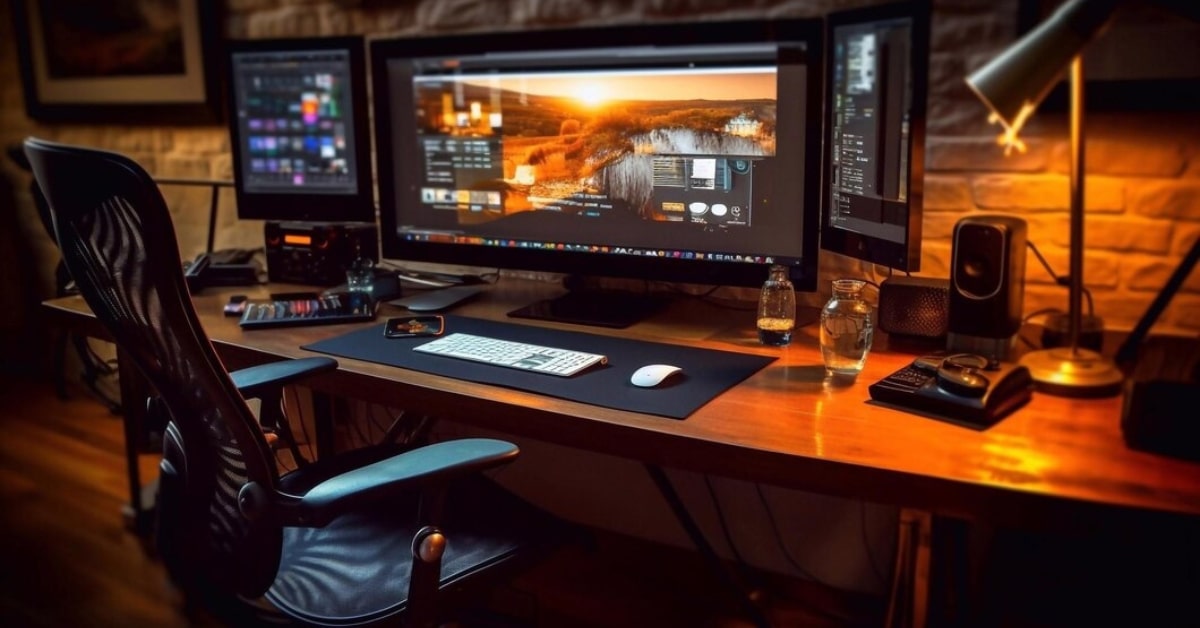Studio photography offers a canvas for creative expression, capturing subjects in controlled environments to produce captivating visuals. However, the magic often happens during the editing process, where the raw studio shots are refined and transformed into polished masterpieces. This comprehensive guide delves into the significance of editing studio photos, the essential steps in the editing process, and the tools required to enhance these images.
Significance of Editing Studio Photos
- Refining Composition: Editing allows for fine-tuning composition, adjusting framing, and eliminating distractions, ensuring the subject remains the focal point.
- Color Enhancement: Editing enables the enhancement of colors, contrasts, and tones, elevating the visual appeal and adding depth to the images.
- Correcting Imperfections: Editing tools help in removing imperfections, such as blemishes or unwanted elements, ensuring a flawless final image.
Essential Steps in Editing Studio Photos
- Selection and Culling: Begin by selecting the best shots from the studio session. Cull through the images to choose those with the strongest composition and expression.
- Color Correction and Enhancements: Adjust color balance, saturation, and contrast to achieve the desired tone and mood for the images.
- Refinement of Details: Zoom in to refine small details, ensuring clarity and sharpness, while also addressing any imperfections or distractions.
- Background Editing: If required, edit or replace the background to enhance the subject’s presence or match the intended theme.
Tools Required for Editing Studio Photos
- Photo Editing Software: Utilize professional-grade software like Adobe Photoshop, Lightroom, or Capture One for comprehensive editing capabilities.
- Layering and Masking Techniques: Understanding these techniques helps in non-destructive editing, allowing adjustments without altering the original image.
- Color Grading Presets: Utilize or create presets for consistent color grading and achieving a signature style across multiple studio photos.
FAQs
What is the best software for editing studio photos?
Adobe Photoshop and Lightroom are widely used and offer comprehensive tools for editing studio photos, but other software like Capture One and Affinity Photo also provide excellent editing capabilities.
How can I ensure natural-looking edits in studio photos?
Pay attention to lighting consistency and use non-destructive editing techniques to ensure that the edits blend seamlessly with the original image.
Can I edit studio photos on a smartphone or tablet?
Yes, several mobile apps offer editing capabilities for studio photos. While they might not have as extensive features as desktop software, they can still produce impressive results.
Is it necessary to edit all studio photos, or do only specific ones require editing?
Editing is subjective and depends on the desired outcome. While some photos may require minimal touch-ups, most benefit from at least basic editing to enhance their visual appeal.
Conclusion
Editing studio photos plays a pivotal role in refining and elevating the quality of images captured in controlled studio environments. Through careful selection, color enhancements, detailed refinements, and utilizing professional editing tools, photographers transform raw captures into captivating visuals that resonate with depth and aesthetic appeal. Mastering the art of editing studio photos empowers photographers to present their subjects in the best light, ensuring every image tells a compelling visual story.
This page was last edited on 27 February 2024, at 5:51 pm
